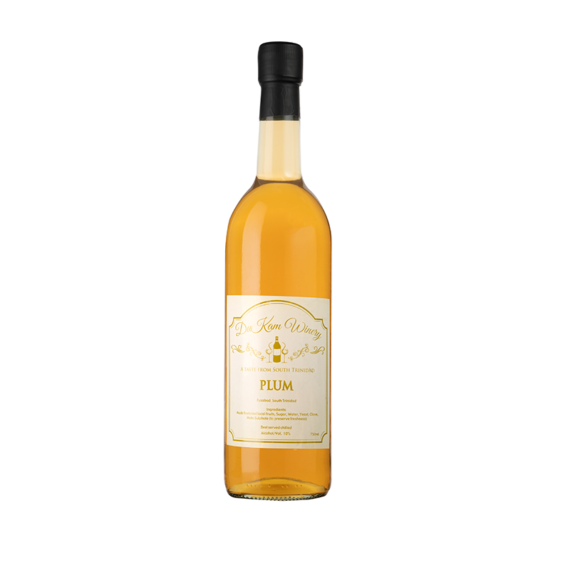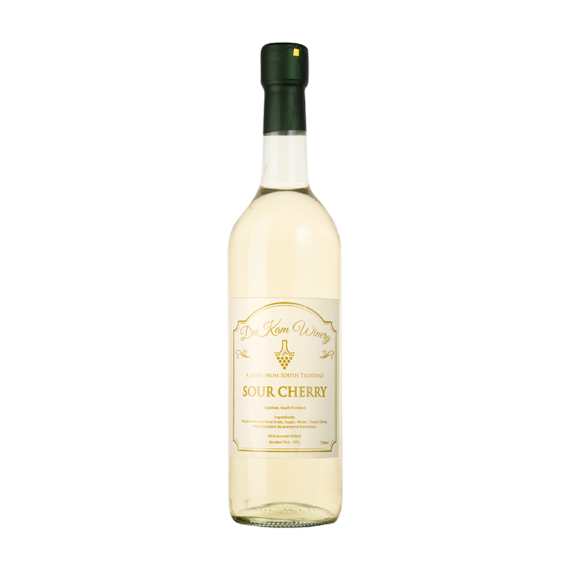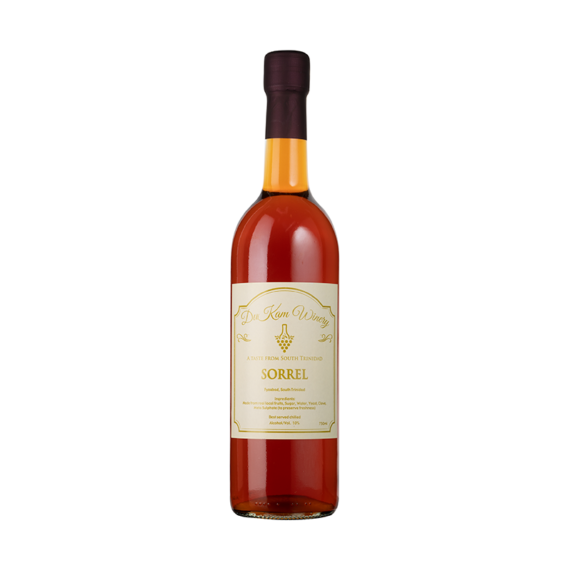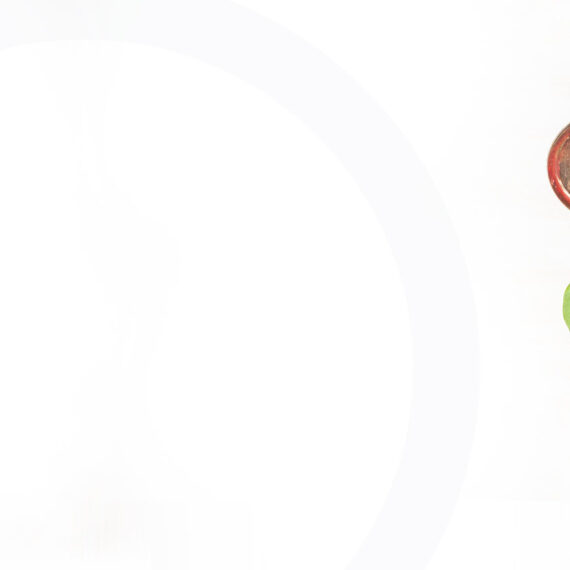

 Purchase Now
Purchase Now
Choose from our extensive collection of wines
The five basic characteristics of our fine wine
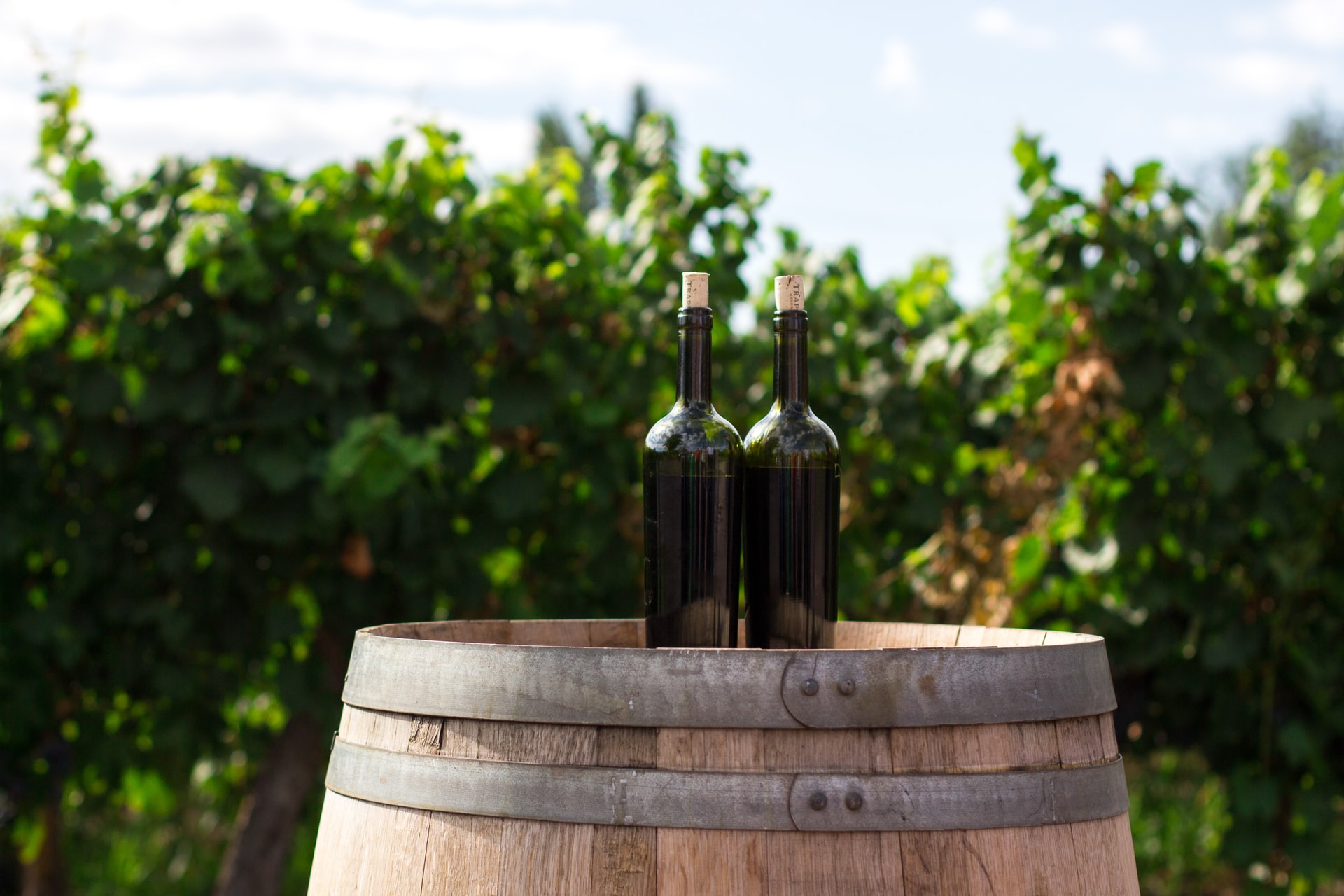
This refers to the level of residual sugar left in the wine after its creation. A sweet wine will have a higher level of residual sugar, while a dry wine will have had all of its sugars converted to alcohol during fermentation.
Often, our very first perception of a wine will be its sweetness, and while everyone’s sensitivity to it is different, you’ll experience it first on the very tip of your tongue. A slight tingling sensation is a good indicator of sweetness. Sweet wines tend to have a higher viscosity, which means they’ll cling to the glass for longer.
Often confused with a high concentration of alcohol, a wine’s acidity is what gives it sharpness – high acidity wines are often tart and zesty, and may feel lighter-bodied as they come across as ‘spritzy’. A ‘well-balanced’ wine is so called as it has acidity, sweetness and tannin in perfect harmony.
How can you identify acidity? You’ll feel a tingling sensation on the sides of your tongue, which may feel rough if you rub it along the roof of your mouth. Your mouth will also feel extra wet, and you might find yourself ‘gleeking’ – the term given to inadvertently spraying saliva while yawning!
A wine high in tannin is often mistakenly labelled as a dry wine, because tannin has a drying effect on the mouth. Frequently described as astringent, tannin is the presence of phenolic compounds that add bitterness to a wine – despite these characteristics, though, tannin adds balance and structure, and helps wine last longer. A lot of research suggests the tannin in red wine is good for your health, too.
It’s usually quickly apparent if a wine has high tannin levels, as it will make your tongue feel dry and can leave a lingering bitter feeling in your mouth. A high-tannin red is a great accompaniment to red meat, though – the tannins work to help break down meat proteins, thus exacerbating their flavour profile even further.
Alcohol levels will have the biggest impact on a wine’s character, body and classification. While the average wine contains around 11%-13% alcohol by volume (ABV), it’s not uncommon for wines to have as little as 5.5%, or as much as 20%.
Everyone tastes alcohol differently. Bitter, sweet, spicy, oily, and sometimes all at once – a lot of our perception of alcohol is actually influenced by genetics. Higher alcohol wines tend to taste bolder and oilier, while lower-alcohol wines feel lighter. It’s almost universally-agreed, however, that alcohol wields a warming sensation at the back of the mouths and throat.
Body is the result of many factors, from variety and vintage to alcohol level and region, so it’s something of a generalised term. To simplify matters, it can help to think of a wine’s body like milk, with skimmed milk representing a light wine, and cream representing a full-bodied wine. As a rough rule of thumb, if a wine’s taste lingers in your mouth for more than 30 seconds, it’s almost certainly a full-bodied wine.
This classification plays a major role in food pairing: light-bodied wines suit lighter dishes, while rich dishes such as steak call for a full-bodied wine with strong flavours that will hold up against the meat’s bold aromas.
Our Best Selling Vintage Wines
The Process of WineMaking
Harvesting / Picking
Our fruits are harvested by hand, with vineyard workers deploying nothing more than a pair of well-sharpened shears and a basket or bin. Depending on the size and diversity of the vineyards, harvest can require anywhere from a week to over a month of hard labor for our winery’s temporary picking crew.
Crushing & Pressing
After the fruits are sorted, they are ready to be de-stemmed and crushed. The winemaker crushes and presses the fruits in order to separate the juice from the skins, seeds, and solids. Red wine, is left in contact with the skins to acquire flavour, colour, and additional tannins.
FermentationProcess
Fermentation requires careful control. Requirements include suppression of undesirable microorganisms, presence of desirable yeasts, proper nutrition for yeast growth, temperature control, prevention of oxidation, and proper management of the cap of skins floating in red musts.
Aging &Bottling
The term aging should be reserved to describe changes in wine composition after bottling. After bottling, once the oxygen picked up at bottling is consumed, the wine is in the absence of oxygen. This is called the reductive atmosphere. Many reactions occur during this phase to contribute to the final bottle bouquet.
The Process of WineMaking
Harvesting / Picking
Our grapes are harvested by hand, with vineyard workers deploying nothing more than a pair of well-sharpened shears and a basket or bin. Depending on the size and diversity of the vineyards, harvest can require anywhere from a week to over a month of hard labor for our winery’s temporary picking crew.
Crushing & Pressing
After the fruits are sorted, they are ready to be de-stemmed and crushed. The winemaker crushes and presses the fruits in order to separate the juice from the skins, seeds, and solids. Red wine, is left in contact with the skins to acquire flavour, colour, and additional tannins.
FermentationProcess
Fermentation requires careful control. Requirements include suppression of undesirable microorganisms, presence of desirable yeasts, proper nutrition for yeast growth, temperature control, prevention of oxidation, and proper management of the cap of skins floating in red musts.
Aging &Bottling
The term aging should be reserved to describe changes in wine composition after bottling. After bottling, once the oxygen picked up at bottling is consumed, the wine is in the absence of oxygen. This is called the reductive atmosphere. Many reactions occur during this phase to contribute to the final bottle bouquet.
Why Choose Us?
We’re passionate about wine, and know many of our customers feel the same way. So we are committed to offering the best wine selection, with an emphasis on fine wines.
Our goal is to ensure each customer has an exceptional wine-buying experience. Do you need an expert recommendation for a wine? Or do you know what you want, and just need directions to the right aisle? Whether you are new to the world of wine or a great wine enthusiast, we want all our customers to be confident and comfortable exploring our stores and selecting the wines they prefer.
All of our wine is made with organic grapes. We also carry an extensive selection of 100% organic wines, including many that are biodynamic as well. By organic and biodynamic we mean that the grapes are grown without the use of synthetic pesticides and are non-GMO. It also means that the growers focus on improving soil health, biodiversity, and contributing to a healthy environment.
We have the best quality at the most affordable price…period.
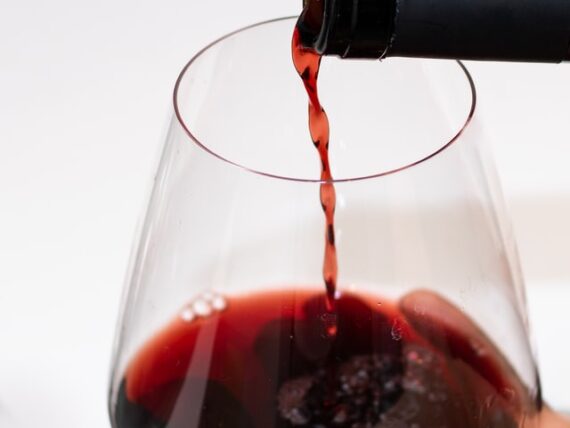
Testimonials
My husband and I ordered from Dukam Winery for our anniversary. We were truly satisfied, will definitely recommend
Really enjoyed the guava wine. I had never tasted it before. All I can say is wow. They are the best!
I absolutely loved it!! 10 stars for sure. Certainly exceeded my expectations

